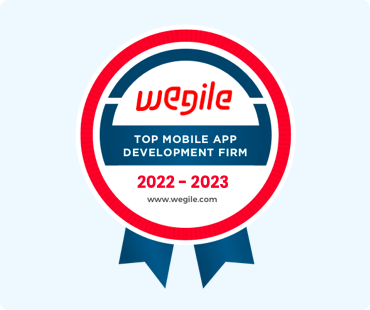The journey of launching an app is undoubtedly thrilling, yet it's often shrouded in uncertainty.
How can you be certain that your idea will resonate with users? Will it be robust enough to thrive in the fiercely competitive market? These are the inherent challenges in the realm of app development.
To successfully navigate these hurdles, businesses require a revolutionary approach that streamlines the development process, zeroes in on user needs, and expedites the transformation of ideas into tangible realities. This is precisely where the MVP (Minimum Viable Product) concept comes into play.
The MVP concept isn't merely a trendy buzzword but a pivotal, game-changing strategy embraced by businesses worldwide. It is a beacon of efficiency and user-centric innovation among the other top web and mobile app development tools.
It provides a dynamic framework that empowers businesses to pivot or persevere based on genuine user feedback and data. Doing so ensures the creation of apps that genuinely resonate with their target audience.
In this blog, we will delve into the groundbreaking approach of MVP and illuminate how this concept is a transformative force within the app development landscape.
Imagine a scenario: You've got a brilliant idea for a new app. It's tempting to dive headfirst into development, crafting every feature you can dream of.
But hold on! What if there was a smarter way to go about it? That's where the MVP app steps in.
In essence, an MVP is the bare-bones version of your app that showcases its core functionality.
It's like a sneak peek of your grand vision, allowing you to test the waters before you fully commit.
Some of the top companies like Uber, Airbnb, Dropbox, etc have embraced the MVP app.
So, what makes an MVP unique?
Imagine you're building a weather app. Instead of developing complex features like location-based forecasting, you start with the basics—daily temperature and a 5-day forecast.
Why? Because it's simpler, faster, and less costly. It's your chance to see if users find value in your concept, all while conserving resources.
But, that's not all! The MVP app comes in various flavors. You can think of it like baking a cake—there's more than one recipe to choose from. Let’s explore these types in brief.
Now that we've grasped the concept of what an MVP is let's dive deeper into five of the most popular and effective types of MVPs you can consider when developing your app:
A Pretotype MVP involves creating a simplified version of your idea to gauge interest and gather feedback. For instance, you might design a one-page website with a signup button and a brief description to validate your concept before investing heavily in development. This approach not only helps in testing the concept but also in creating early excitement among potential users.
In the world of concierge MVPs, you act as a concierge for your users, manually providing the service that your app will automate in the future. This hands-on approach helps you understand user preferences and refine your offering. By engaging directly with users, you can personalize the experience and gain valuable insights into what they truly need.
The Wizard of Oz MVP creates the illusion of automation while much of the work happens behind the scenes. Users interact with the "wizard" (you), thinking they're dealing with a fully functional app. This approach allows you to test your concept before building the complete app, and it can be a creative way to gather user feedback while minimizing development costs. It's like being the magician who performs incredible tricks behind the curtain.
Sometimes, simplicity is key. A single-feature MVP focuses on a specific, unique functionality. For instance, you might start with a single feature like voice-activated reminders in an app that aims to revolutionize how people set reminders. By perfecting this core feature, you can ensure it functions flawlessly before adding more complexity to your app. Top examples of Single Feature MVP are Uber and Spotify.
In today's technology world, platforms and tools allow you to build MVPs without extensive coding. You can use a Piecemeal approach to gradually add features to your MVP, assembling your app piece by piece. This method provides flexibility and allows you to evolve your app as you gather user feedback and insights. It's like building a puzzle, ensuring each piece fits perfectly.
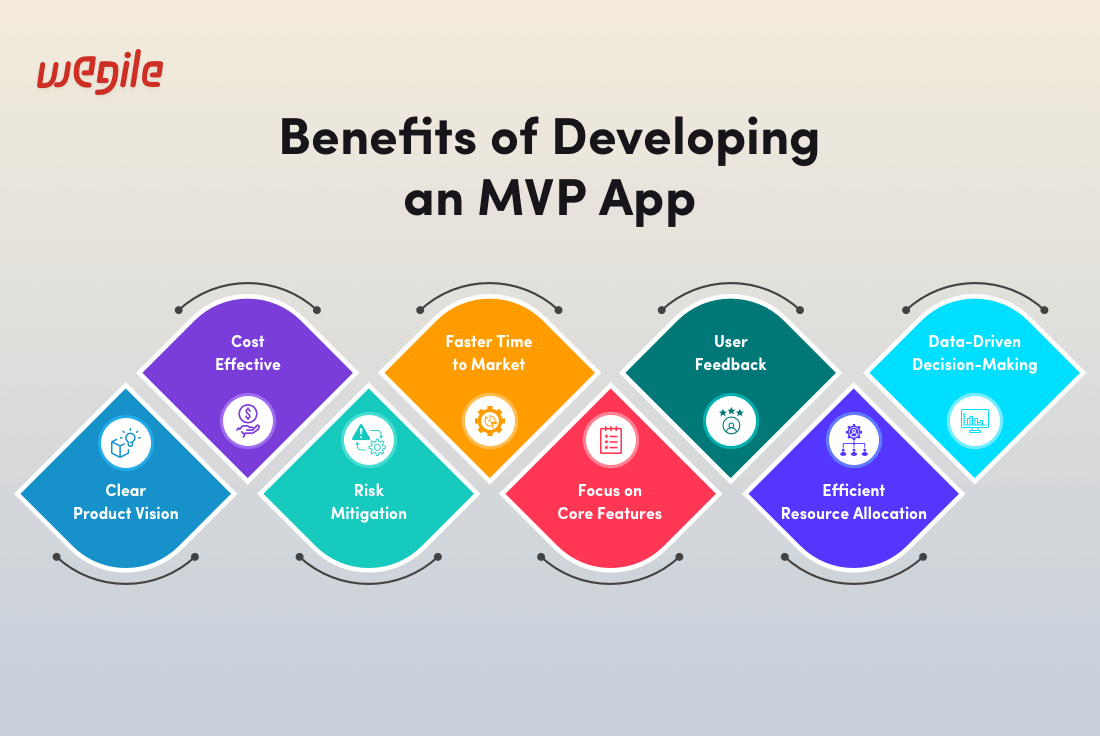
When it comes to app development, building a Minimum Viable Product (MVP) offers many advantages that can significantly impact the success of your project. Let's explore these benefits one by one, delving deeper into why they are essential for anyone venturing into app development:
Developing an MVP forces you to define a clear product vision. Instead of overwhelming yourself with numerous features, you focus on a streamlined concept that solves a specific problem. This clarity ensures that your app's purpose is well-defined, making it easier for both your team and potential users to understand and engage with. It's like setting a well-lit path toward a common goal.
Creating a full-scale app from the get-go can be a costly endeavor, especially if it turns out that users aren't as enthusiastic about it as you hoped. MVP development allows you to invest only the necessary resources to bring the core concept to life. This cost-effective approach minimizes financial risks, making it a prudent choice for startups and entrepreneurs who must watch every penny. It's akin to a financial safety net that protects your investment.
The road to app success can be fraught with uncertainties. An MVP serves as a risk mitigation strategy. By testing your concept with a smaller, manageable version of your app, you can identify potential flaws, market viability, and user reception early in the process. This knowledge empowers you to make informed decisions and pivot if needed. In essence, it's a safety harness that ensures you won't freefall into unforeseen pitfalls.
Time is of the essence in the tech world. Building a full-featured app can take months or even years. With an MVP, you can get a functional version into the hands of users in a matter of weeks. This rapid time-to-market allows you to gain an early competitive edge and helps you gather user feedback sooner. It's like sprinting ahead in a race, leaving your competitors in the dust.
MVP development compels you to prioritize. You zero in on the core features that are essential to your app's functionality and user experience. This focus ensures that your app's foundation is robust and user-friendly, setting the stage for future growth and expansion. Think of it as laying a solid foundation for a skyscraper; without it, the structure is bound to collapse.
One of the most significant advantages of MVP development is the opportunity it provides for user feedback. Early adopters can help you identify what works, what doesn't, and what they want to improve. This feedback loop is invaluable for refining and aligning your app with user expectations. It's akin to having a group of expert advisors guiding you every step of the way.
Resources are precious, and MVPs allow you to allocate them efficiently. You invest in areas that directly impact your app's success rather than spreading your resources thin across various features. This targeted allocation maximizes your return on investment. It's like allocating resources to the most fertile parts of a field, ensuring a bountiful harvest.
In the world of MVP development, decisions are data-driven. Real user data guides your choices and improvements. This approach is like using a GPS for navigation, ensuring that you're on the right path and adjusting your route based on actual user experiences. It's the difference between navigating with a reliable map and navigating blindly.
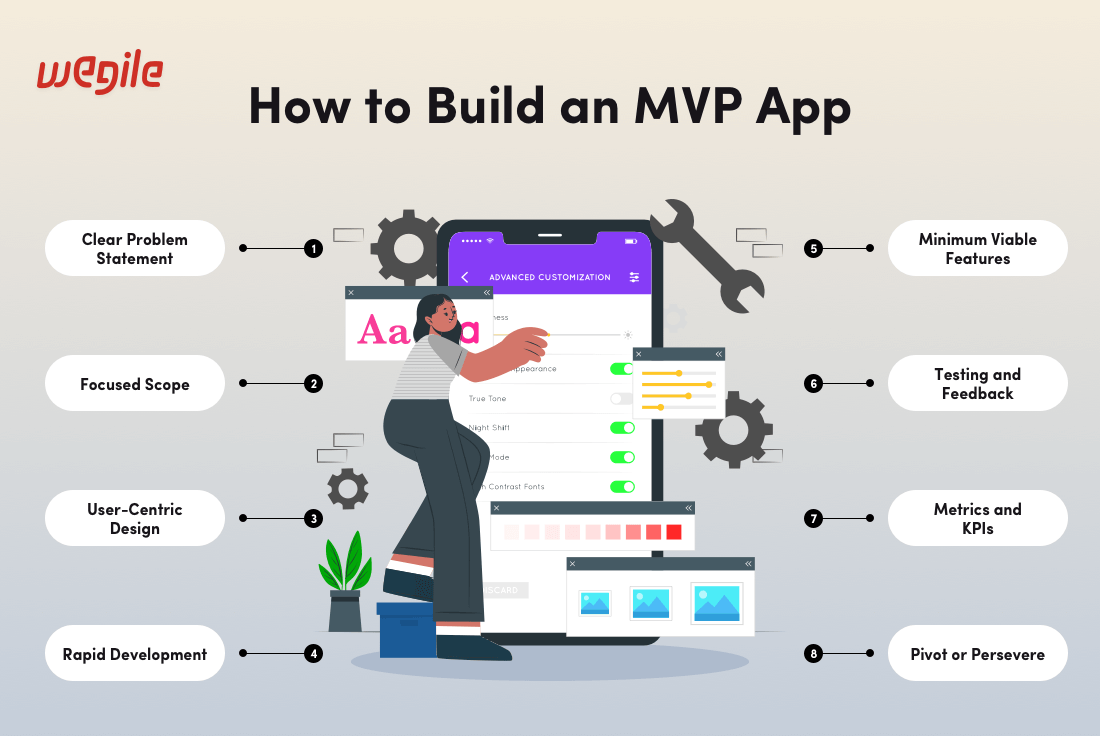
Creating a successful Minimum Viable Product (MVP) app is a strategic process that involves several critical steps. Let's explore each of these steps in detail to guide you through the journey of MVP development:
Start by defining the problem your app will solve. What pain point will it address? Who is your target audience, and what are their specific needs?
A clear problem statement provides the foundation upon which your MVP will be built.
It's like setting the coordinates on your GPS, ensuring you know exactly where you're headed.
Without a well-defined problem statement, you risk losing your way in the vast landscape of app development.
It's crucial to understand that a precise problem statement guides your development and resonates with potential users, making them more likely to engage with your app.
Keep your scope laser-focused. Identify the core features that directly address the problem statement.
Avoid feature bloat, which can lead to complexity and increased development time. Simplicity is key in an MVP.
By focusing on only the most essential features, you're essentially removing distractions and keeping your project on a clear, efficient path.
Think of it as decluttering your project roadmap, allowing you to see the road ahead more clearly.
A focused scope not only accelerates development but also ensures that your app delivers a streamlined user experience, increasing its appeal.
Design with your users in mind. Create a user-friendly interface that ensures a seamless experience.
User-centric design means thinking about how your app will be used and making it intuitive and enjoyable.
It's about putting yourself in your users' shoes and tailoring every interaction to their preferences.
Your design is like the welcoming entrance to your app, setting the tone for a positive user experience.
A user-centric design can lead to higher user retention and positive reviews, as it aligns with what users expect and appreciate.
Speed is of the essence when building an MVP. The goal is to get a functional version of your app into the hands of users as quickly as possible.
Use agile development methodologies to ensure swift progress. Think of it as a race against time, and the faster you go, the sooner you can reach your destination.
Rapid development is like catching the express train to app success. In the fast-paced world of app development, swift progress can help you stay ahead of the competition and seize opportunities.
Determine the minimum set of features necessary to make your app functional and valuable.
These features should directly address the problem statement and provide users with a meaningful experience.
This is about stripping down to the core essentials, ensuring your app is lean and efficient.
It's like packing only the essentials for a long journey, avoiding unnecessary baggage that can weigh you down and slow your progress.
By focusing on the most vital features, you ensure that your app addresses the core user needs without unnecessary complexity.
Launch your MVP to a select group of users or a small audience. Collect their feedback, observe how they interact with your app, and make improvements based on their experiences.
This iterative process is crucial for refining your app. Think of your users as co-pilots, providing you with directions to navigate the development journey.
Their feedback is like the wind in your sails, propelling you forward and helping you adjust your course.
User feedback can reveal unexpected pain points and opportunities for improvement, turning your MVP into a product that truly resonates with your audience.
Define key metrics and Key Performance Indicators (KPIs) to measure the success of your MVP.
These metrics could include user engagement, conversion rates, or retention rates. Regularly analyze these metrics to make data-driven decisions.
Metrics are like road signs that indicate whether you're on the right track or need to change direction.
They guide you through the app development journey, ensuring you stay on course and make informed decisions.
Establishing and tracking the right metrics is critical for understanding your app's performance and user behavior.
Based on the feedback and data gathered, you'll need to make a critical decision: pivot or persevere.
If the feedback is positive and the metrics are on the right track, you may decide to move forward with the existing concept.
However, if the feedback indicates a need for significant changes, be prepared to pivot and adjust your strategy accordingly.
It's like having a GPS reroute you when you've taken a wrong turn. This adaptability is crucial for staying on the path to success and achieving your app development goals.
The ability to pivot based on data and feedback is a hallmark of successful MVP development.
It ensures that you remain agile and responsive to the evolving needs and expectations of your target audience.
In summary, we understood how the MVP concept offers a transformative path to app development, allowing businesses to create user-centric solutions and navigate the challenges of the digital landscape effectively. Partner with a dedicated app development company to harness the full potential of MVPs. Wegile, with its expertise and tailored solutions, can be your ideal ally in the journey to create MVP apps. Reach out to Wegile today and embark on a path to app success today!
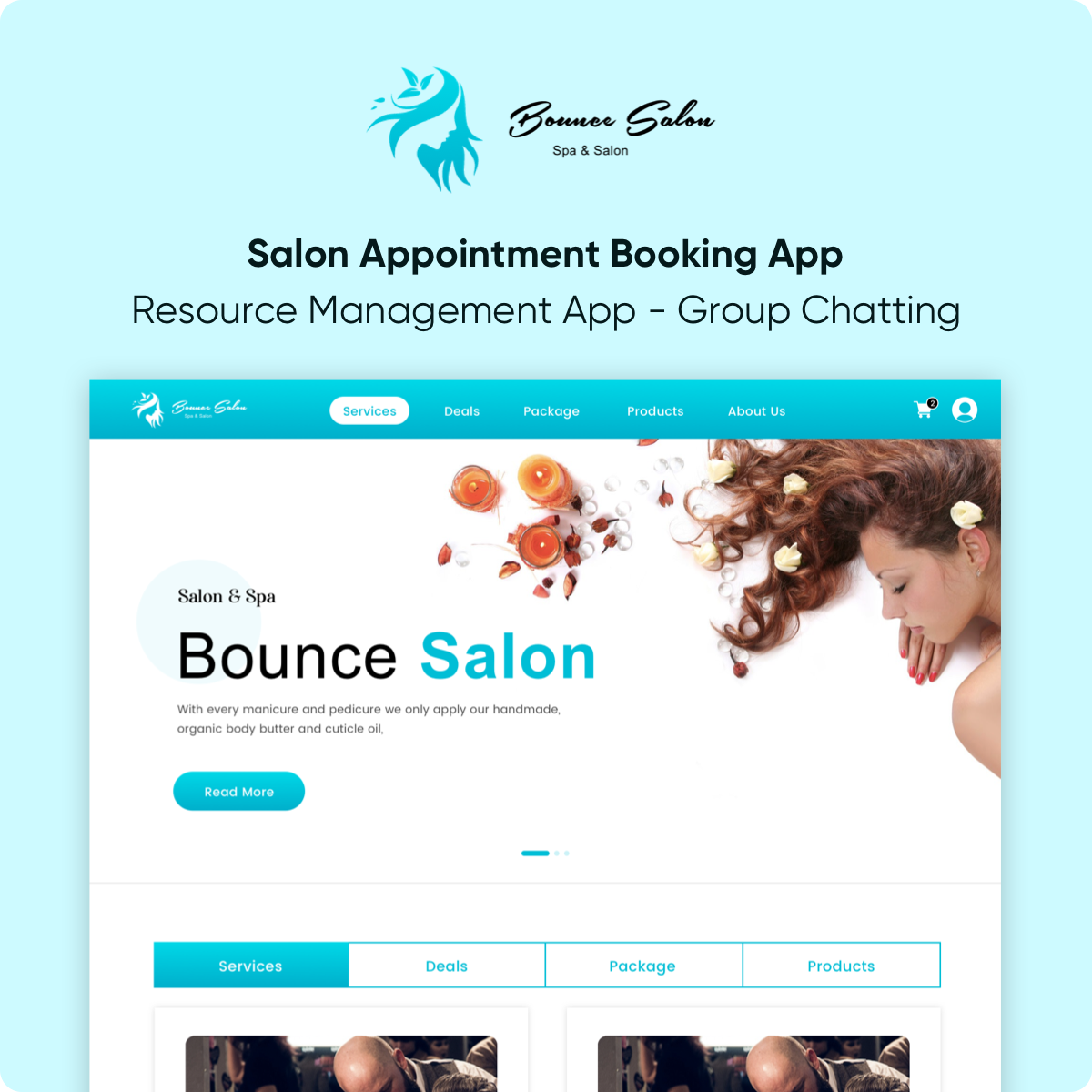
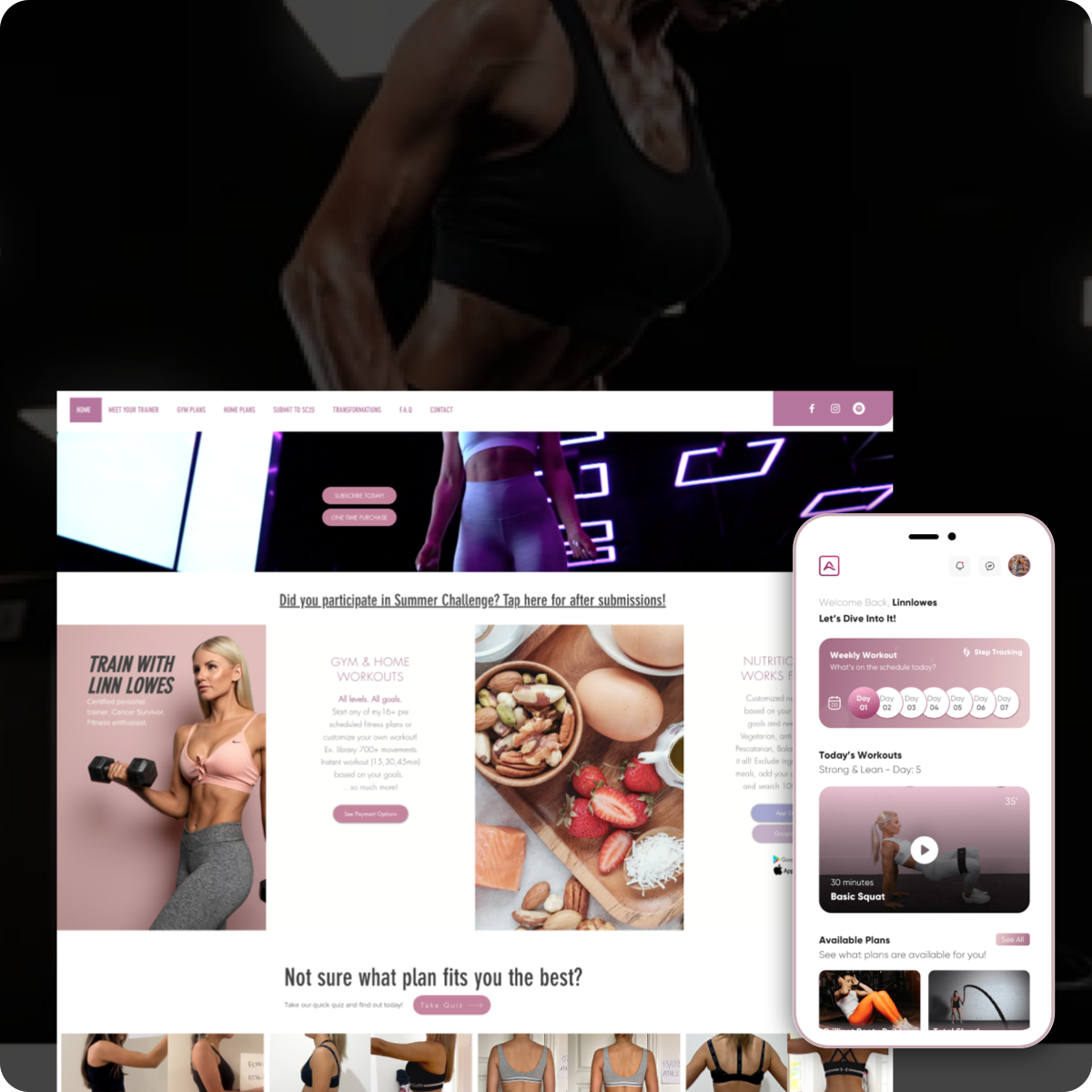
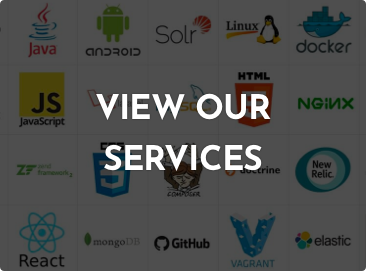 Browse Our Services
Browse Our Services
